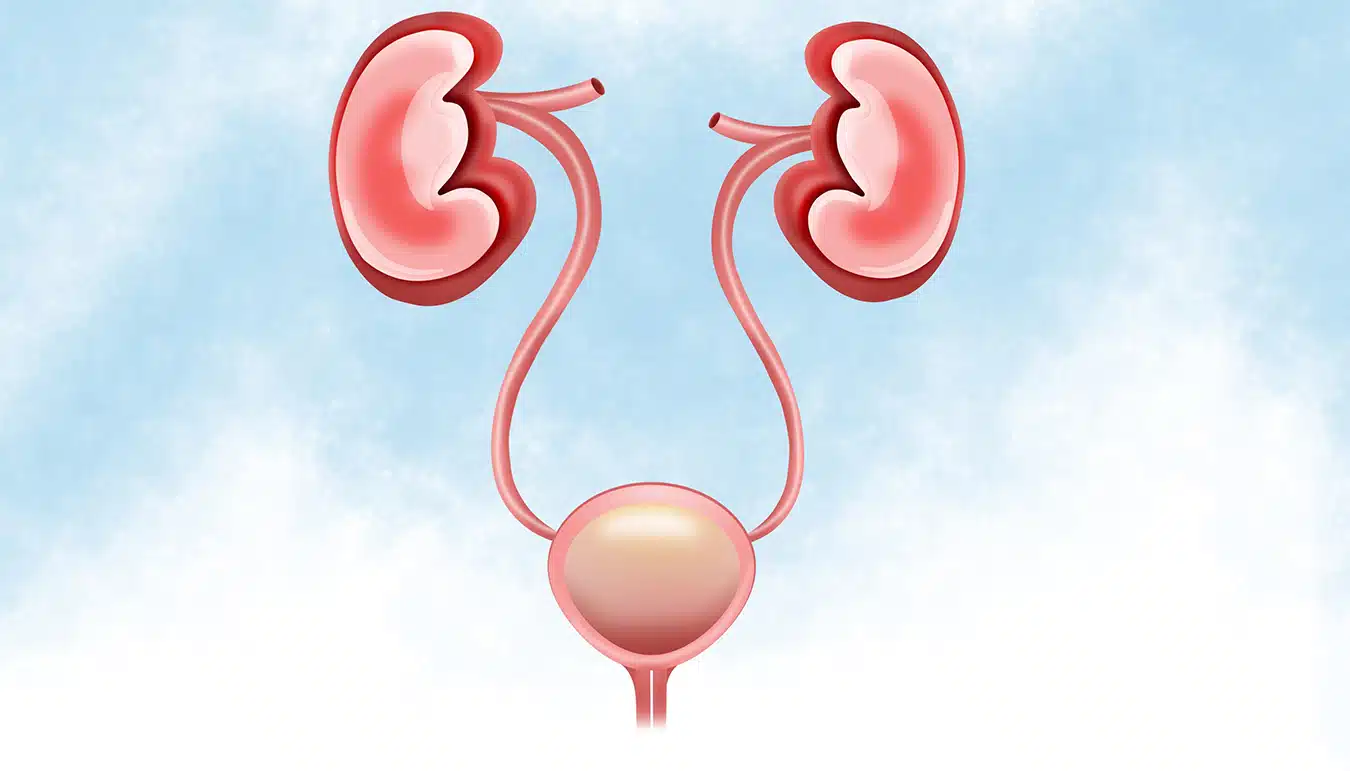Urethral stricture, a condition that predominantly affects men, is a medical issue that entails the narrowing or constriction of the urethra. The urethra plays a crucial role in transporting urine from the bladder to the exterior of the body, and when it becomes obstructed or restricted, it can lead to a variety of distressing symptoms and necessitate medical intervention. In this comprehensive guide, we will delve into the intricate details of urethral stricture, exploring its definition, symptoms, causes, treatment options, and the post-treatment recovery process.
What is Urethral Stricture?
Urethral stricture is a medical condition characterized by the narrowing or constriction of the urethra, the tube responsible for carrying urine from the bladder to the external environment. This narrowing can occur at any point along the urethra, ranging from the connection with the bladder to the tip of the penis.
What Are the Symptoms of Urethral Stricture?
Urethral stricture presents an array of symptoms that can vary in intensity from mild to severe. Familiarizing yourself with these symptoms is crucial for early detection and intervention:
- Difficulty Urinating: One of the hallmark symptoms of urethral stricture is experiencing difficulty while urinating. This difficulty can manifest as a slow or weak urine stream, a sensation of incomplete emptying, or the need to exert excessive effort to initiate urination.
- Increased Urinary Frequency: People with urethral stricture may find themselves needing to urinate more frequently than usual, disrupting their daily routines.
- Urgency: The sudden and compelling urge to urinate can strike, often without much warning, making it challenging to control the bladder.
- Pain or Discomfort: Pain or discomfort during urination is a common complaint among individuals with urethral stricture, and it can range from mild to severe.
- Splitting or Spraying of Urine Stream: An irregular urine stream that splits or sprays in different directions is another indicator of this condition.
What Are the Causes of Urethral Stricture?
Understanding the underlying causes of urethral stricture is fundamental for both prevention and effective treatment. Several factors can contribute to the development of urethral strictures:
- Scar Tissue Formation: Scar tissue can gradually accumulate in the urethra due to various factors such as trauma, prior surgeries, or recurring infections. This scar tissue gradually constricts the urethral passage.
- Infections: Infections, particularly sexually transmitted infections (STIs) or urinary tract infections (UTIs), can trigger inflammation and scarring in the urethra.
- Trauma or Injury: Physical trauma or injury to the pelvis or perineum can result in damage to the urethra, setting the stage for stricture development.
- Catheter Usage: Long-term or frequent use of urinary catheters, often necessitated by other medical conditions, can irritate the urethra over time, potentially causing scarring.
- Idiopathic Cases: In some instances, the exact cause of urethral stricture remains unknown, which is referred to as idiopathic stricture.
How Is Urethral Stricture Treatment Administered?
The treatment approach for urethral stricture is primarily aimed at alleviating symptoms, restoring normal urination, and addressing the root cause of the condition. The choice of treatment depends on the severity of the stricture and the patient's overall health. Here are the primary treatment options:
- Dilation: Urethral dilation is a minimally invasive procedure that involves the use of progressively larger dilators to gently widen the narrowed segment of the urethra. This procedure aims to improve urine flow and alleviate symptoms.
- Urethrotomy: During a urethrotomy, a surgeon employs a specialized instrument known as an endoscope to make a small incision in the stricture, allowing for the expansion of the urethral passage. This procedure is less invasive than urethroplasty and is suitable for certain types of strictures.
- Urethroplasty: Urethroplasty is a surgical intervention that becomes necessary for more severe cases of urethral stricture. It entails the removal of the narrowed section of the urethra and its reconstruction using healthy tissue or grafts. Urethroplasty is often considered the most effective long-term solution.
- Self-Catheterization: In some instances, individuals may need to undergo intermittent self-catheterization as part of their management plan. This involves the periodic insertion of a catheter to maintain urethral patency.
- Medications: In cases where inflammation or infection contributes to the stricture, healthcare providers may prescribe medications such as antibiotics or anti-inflammatory drugs to mitigate these issues.
Recovery Process After Urethral Stricture Treatment
The recovery process following treatment for urethral stricture varies depending on the chosen treatment method and individual factors. Here is a detailed overview of what patients can anticipate during their recovery journey:
- Dilation: Patients who undergo urethral dilation typically experience a relatively swift recovery. While some mild discomfort or temporary urinary symptoms may emerge initially, these generally subside within a few days.
- Urethrotomy: After a urethrotomy, patients may need to use a catheter temporarily to ensure proper drainage of urine. Full recovery usually takes several weeks, during which patients should avoid strenuous activities and follow post-operative instructions meticulously.
- Urethroplasty: Urethroplasty, being a more extensive surgical procedure, often necessitates a longer recovery period, ranging from several weeks to a few months. During this time, patients need to be patient and cautious in their activities, taking care to minimize stress on the surgical site.
- Self-Catheterization: For individuals who require intermittent self-catheterization, they will receive comprehensive training from their healthcare providers. This process typically becomes a routine part of daily life and is critical for maintaining urethral health.
- Follow-up Care: Regardless of the chosen treatment method, regular follow-up appointments with a healthcare provider are essential. These appointments allow for the monitoring of progress and the prompt addressing of any complications or concerns that may arise during the recovery process.
Urethral stricture is a medical condition that can significantly impact an individual's quality of life. Being well-informed about its causes, recognizing its symptoms, seeking timely medical attention, and following the appropriate treatment plan are essential steps towards achieving a successful recovery. If you suspect you may have a urethral stricture or are experiencing any of the symptoms discussed in this article, do not hesitate to consult a healthcare professional. They can provide a thorough evaluation and guidance on the most suitable treatment tailored to your unique circumstances, ultimately helping you regain your urinary health and well-being.

 Türkçe
Türkçe
 English
English


